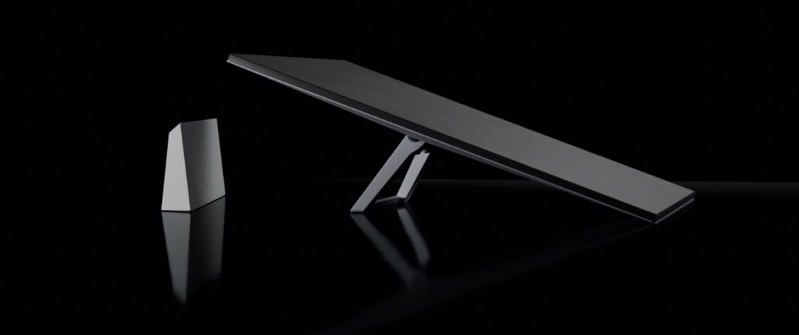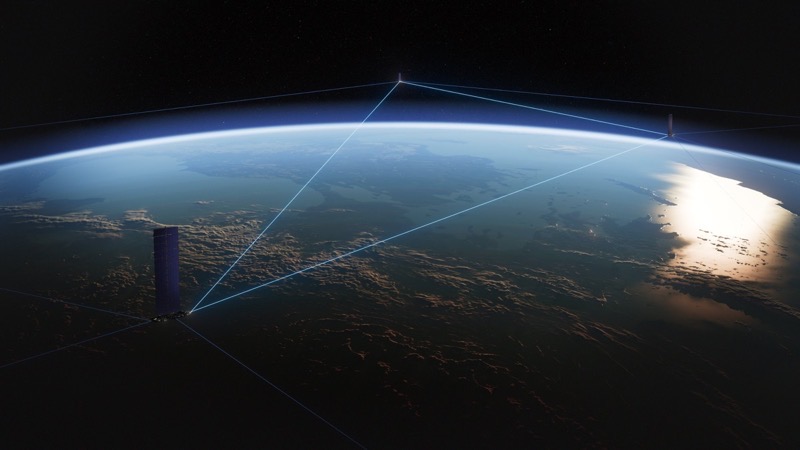
SpaceX Challenges FAA Report on Falling Debris Risks from Satellites
SpaceX has disputed a Federal Aviation Administration (FAA) report warning of potential injuries or fatalities from falling debris of U.S.-licensed satellites in low Earth orbit (LEO) by 2035.
In a letter dated October 9, SpaceX principal engineer David Goldstein criticized the FAA’s analysis as “deeply flawed,” relying on outdated studies and assumptions. The FAA report, published on October 5, had particularly highlighted risks associated with SpaceX’s Starlink expansion plans, reports SpaceNews.
“The analysis is inapplicable to SpaceX satellites,” Goldstein wrote in the letter.
The FAA was mandated by Congress in 2020 to assess the risks of reentry disposal of satellites from LEO megaconstellations. The report, prepared in collaboration with Aerospace Corp., a federally funded nonprofit, stated that by 2035, 28,000 hazardous fragments from de-orbiting satellites could survive reentry each year. The report also noted that Starlink satellites represent more than 85% of the expected risk to people on the ground from falling debris.
“By 2035, if the expected large constellation growth is realized and debris from Starlink satellites survive reentry, one person on the planet would be expected to be injured or killed every two years,” the FAA report stated.
Goldstein argued that the FAA’s conclusions were based on a claim that the space industry has not met the 90% success rate for post-mission disposal. He stated that SpaceX’s post-mission disposal success rate is greater than 99%. Goldstein also criticized the FAA for leveraging a 23-year-old NASA study related to Iridium Communications satellites, which he said are not comparable to modern satellites like Starlink.
“Extensive engineering analysis and real-world operational experience verify this basic fact,” Goldstein added.
Marlon Sorge, executive director of Aerospace’s Center for Orbital and Reentry Debris Studies, acknowledged the complexities in determining exact risks from reentering satellites. “The phenomenology is quite complex and the available ‘ground truth’ data is limited,” Sorge told SpaceNews.
The FAA report also highlighted the increasing risk of falling debris from rocket launches needed to deploy large LEO constellations. However, the FAA admitted it lacks the authority to adequately address these risks, leaving it to other agencies like the Federal Communications Commission or the Department of Commerce to initiate their own regulatory processes.
David Goldstein criticized the FAA for not updating figures in the 2021 analysis and for failing to consider plans by U.S.-based Amazon to launch its own satellite constellation next year. “The fact FAA simply accepted the Aerospace report without question or scrutiny raises concerns regarding FAA’s technical competence to responsibly assess and regulate in this area,” Goldstein wrote.

